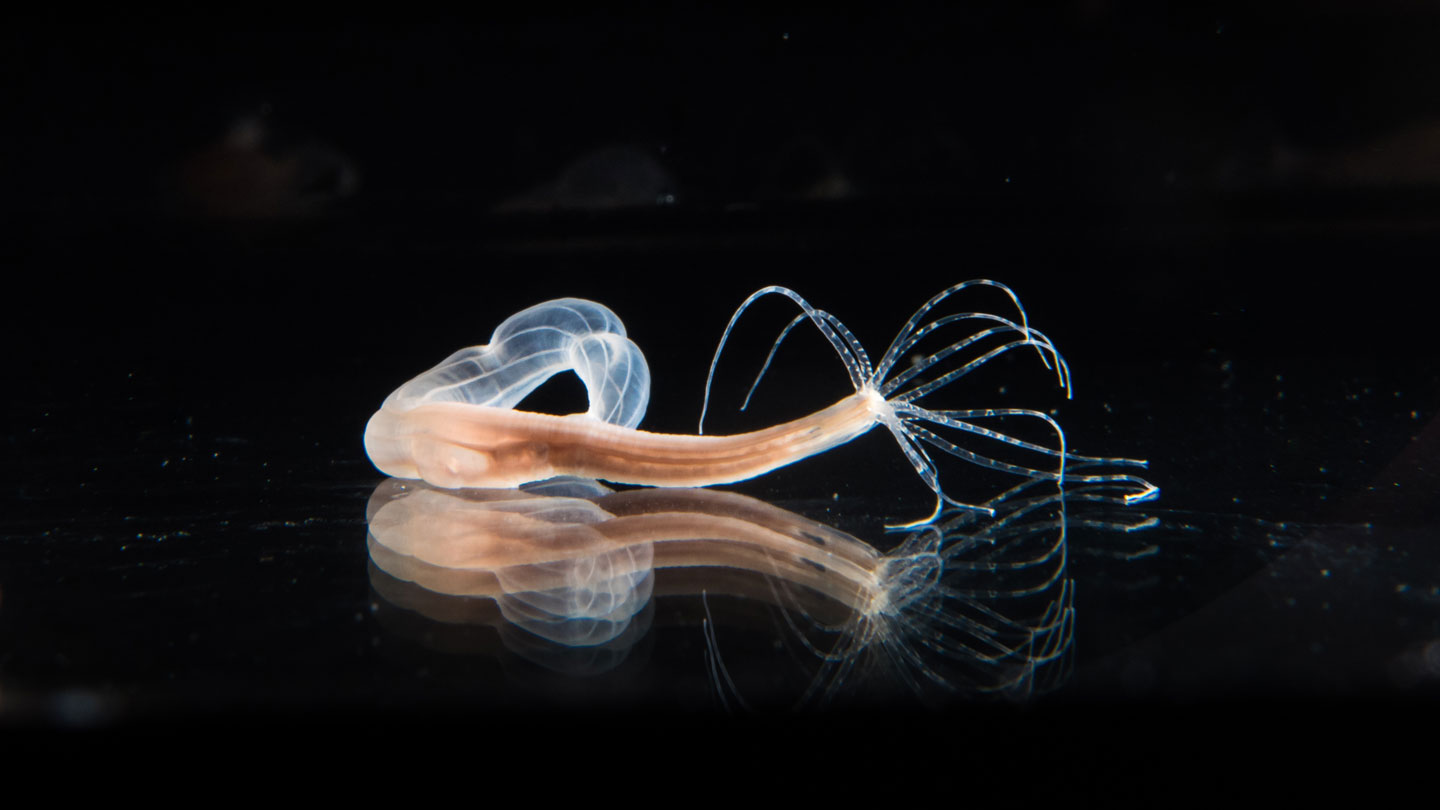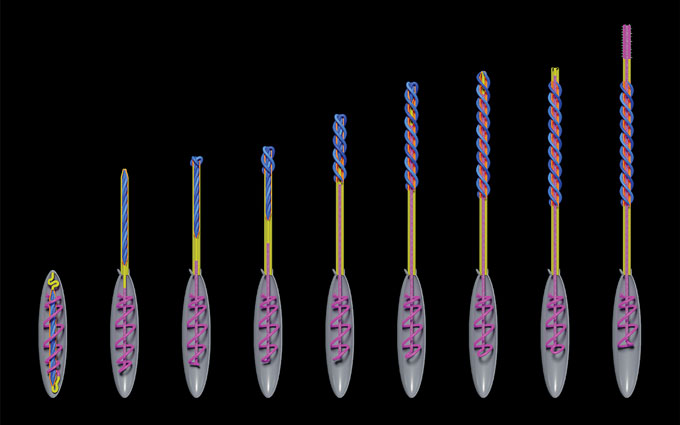Here’s how sea anemones launch their venomous stingers
A new look at the starlet sea anemone’s stinger gets right to the point. Live-a

A new look at the starlet sea anemone’s stinger gets right to the point.
Live-animal images and 3-D computer reconstructions have revealed the complex architecture of the tiny creature’s needlelike weapons. Like a harpoon festooned with venomous barbs, the stinger rapidly transforms as it fires, biologists Matt Gibson, Ahmet Karabulut and colleagues report June 17 in Nature Communications.
Scientists can now see in exquisite detail “what this apparatus looks like before, during and after firing,” says Gibson, of the Stowers Institute for Medical Research in Kansas City, Mo.
Packed inside a stinger’s capsule, a venomous thread coils around a central shaft. When triggered, the shaft explodes out of the pressurized capsule and extends, turning itself inside out like a sock. Finally, the thread races up through the shaft, sending its barbs into an animal’s soft tissue.
Each stinger is good for just one shot. “It’s a one-hit wonder,” Karabulut says. “Once Nematostella uses it, it’s gone.”

Tags:venomous,




